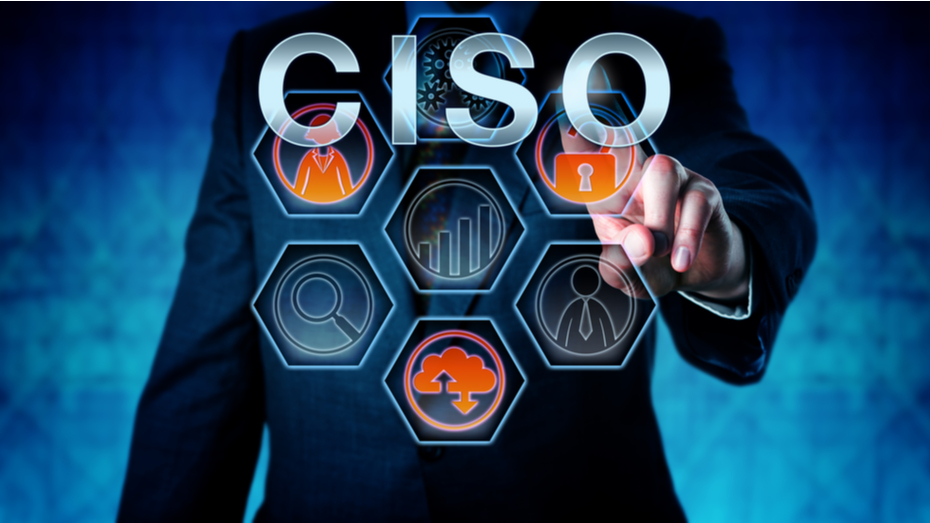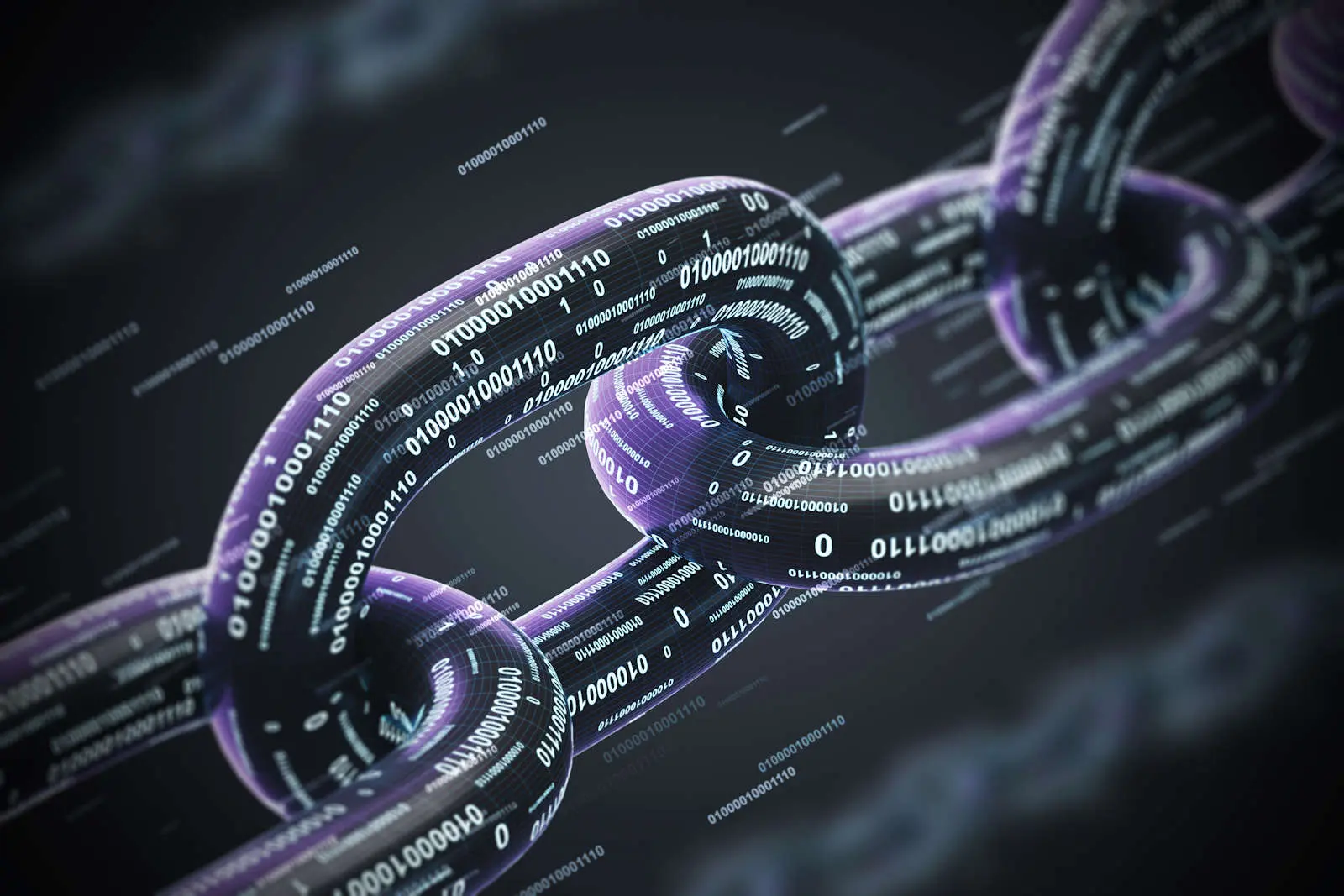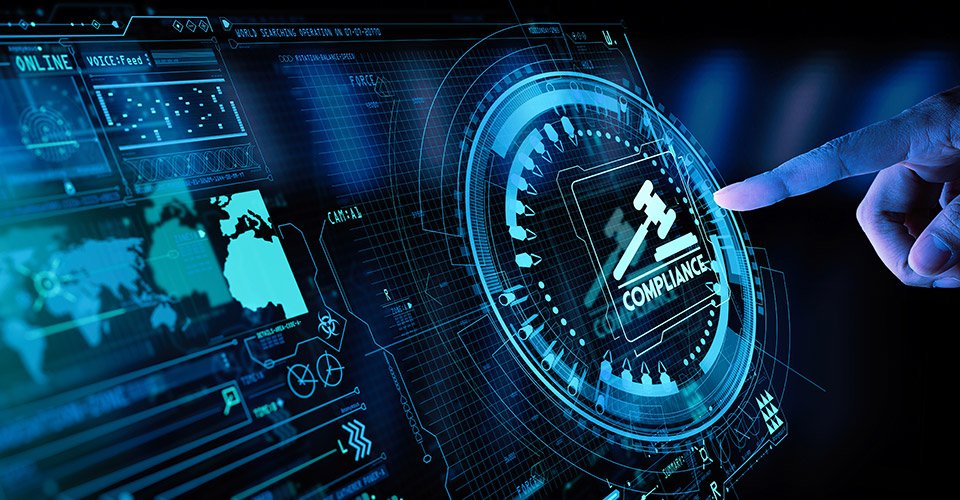I. Introduction

The field of cybersecurity plays a crucial role in protecting sensitive information from unauthorized access or malicious attacks. One of the fundamental models used in cybersecurity is the CIA model, which stands for Confidentiality, Integrity, and Availability. This model focuses on the three main objectives of securing data and systems. This article will explore the importance of cybersecurity, introduce the CIA model, and delve into the aspects of confidentiality and integrity.
II. Confidentiality: Keeping Information Secure
A. Definition and Importance of Confidentiality Confidentiality refers to the protection of information from unauthorized access. It ensures that sensitive data is only accessible to authorized individuals or systems. Maintaining confidentiality is crucial in safeguarding personal, financial, and proprietary information, as well as protecting trade secrets and intellectual property.
B. Techniques and Practices to Ensure Confidentiality
- Encryption Encryption is a technique used to encode data, making it unreadable without the correct decryption key. It adds an extra layer of protection to confidential information, preventing unauthorized individuals from accessing sensitive data even if they manage to intercept it.
- Access Controls Implementing access controls involves granting or denying access rights to users based on their roles, responsibilities, and the sensitivity of the information they need to access. This includes strong authentication methods, such as passwords, multi-factor authentication, and user permissions and privileges.
C. Examples of Breaches and Consequences Numerous instances of confidentiality breaches have occurred, resulting in severe consequences for individuals and organizations. Notable examples include data breaches like the Equifax breach and the Yahoo data breach, where sensitive information of millions of users was compromised. The consequences can range from financial losses and reputational damage to identity theft and legal implications.
III. Integrity: Ensuring the Accuracy and Trustworthiness of Data


A. Definition and Importance of Integrity Integrity refers to the assurance that data remains accurate, complete, and trustworthy throughout its lifecycle. It involves protecting the data from unauthorized modifications, deletions, or tampering and ensuring its authenticity.
B. Techniques and Practices to Ensure Integrity
- Data Validation Data validation involves implementing mechanisms to verify the accuracy and correctness of data. This includes input validation, where data is checked for conformity to specific rules and standards, and validation during data transmission to ensure the integrity of the data being sent and received.
- Hashing and Digital Signatures Hashing involves using cryptographic algorithms to generate unique values for data. These values, known as hash values or message digests, act as digital signatures of the data. By comparing the hash values before and after transmission or storage, the integrity of the data can be verified.
C. Examples of Integrity Breaches and Implications Instances of integrity breaches have had severe consequences, such as the manipulation of medical records or financial transactions. These breaches can result in incorrect diagnoses, financial fraud, or regulatory non-compliance. The impact can range from reputational damage and financial losses to compromised safety and compromised systems.
The CIA model provides a comprehensive framework for addressing the core objectives of confidentiality and integrity in cybersecurity. By implementing techniques such as encryption and access controls, organizations can protect sensitive information from unauthorized access. Ensuring data integrity through practices like data validation and hashing helps maintain the accuracy and trustworthiness of data. Understanding and implementing these aspects of the CIA model are crucial steps in securing information and mitigating risks in an increasingly digital world.
IV. Availability: Accessibility and Continuity of Systems and Data

A. Definition and Importance of Availability
In the world of cybersecurity, availability refers to the accessibility and continuity of systems and data. It ensures that authorized users can access the necessary resources, information, and services whenever required. Availability is a key pillar of the CIA triad (Confidentiality, Integrity, and Availability), as it focuses on maintaining the responsiveness and reliability of systems and networks.
Ensuring availability is crucial for organizations, as downtime or loss of access can result in significant financial losses, reputational damage, and disruption to operations. A lack of availability can impact critical services, such as online transactions, customer support, and communications, leading to customer dissatisfaction and potential loss of business.
B. Techniques and Practices to Ensure Availability
- Redundancy and Failover Systems Implementing redundancy and failover systems is essential to minimize the impact of hardware, software, or network failures. Redundancy involves duplicating critical components or systems, ensuring that if one fails, another can seamlessly take over the workload. Failover systems, such as backup servers, network routers, or power sources, automatically activate in the event of an outage, ensuring continuous service availability.
- Disaster Recovery and Business Continuity Planning Disaster recovery and business continuity planning are processes aimed at minimizing downtime and quickly resuming operations following a disruptive event. It involves creating a comprehensive plan that outlines the steps to be taken in the event of a cyberattack, natural disaster, or any other incident that could impact availability. This includes data backups, regular testing of recovery systems, and establishing alternative work environments to ensure uninterrupted operations.
C. Examples of Availability Issues and Impact

- Distributed Denial of Service (DDoS) attacks DDoS attacks flood a system or network with an overwhelming amount of traffic, rendering it inaccessible to legitimate users. These attacks can disrupt services and cause significant financial losses, especially for companies that heavily rely on their online presence.
- System Outages System outages, whether due to hardware failures, software bugs, or malicious attacks, can result in significant downtime and loss of availability. This can hinder crucial operations, such as e-commerce transactions, customer interactions, and internal workflows.
- Natural Disasters Natural disasters, such as earthquakes, hurricanes, floods, or fires, can cause physical damage to infrastructure and disrupt power supply, leading to infrastructure failures and loss of accessibility.
- Human Error Human error, such as misconfigurations or accidental deletion of critical files or data, can lead to availability issues if appropriate backups and recovery mechanisms are not in place.
V. Conclusion
Ensuring availability is of utmost importance in the realm of cybersecurity. It involves implementing techniques such as redundancy, failover systems, disaster recovery planning, and business continuity planning. By proactively addressing availability concerns, organizations can minimize downtime, maintain continuous operations, and provide reliable services to their customers. Being prepared for potential availability issues, such as DDoS attacks, system outages, natural disasters, and human errors, is crucial to safeguarding systems and data and maintaining a strong cybersecurity posture.



